The post The Highline Ballhead Review: The Best Bargain Ballhead in 2019? appeared first on Digital Photography School. It was authored by Rick Ohnsman.
The Highline ballhead is billed by its creators, Colorado Tripod Company, as “ultralight,” with an “increased range of motion.”
But does the ballhead live up to the hype?
That’s what this Highline ballhead review is all about. I recently received a ballhead of my own, and I’ve been putting it through its paces.
In the next few sections, I’m going to take you through my experiences with the Highline ballhead. And I’ll let you know if it’s something you should consider purchasing.
(Spoiler alert: It’s a bargain worth checking out.)

Two views of the Highline ballhead.
The Highline ballhead overview
First things first:
Where does this new ballhead come from?
The Highline ballhead is produced by the Colorado Tripod Company (CTC). The CTC caught the attention of photographers when they announced on Kickstarter they would be producing the “world’s first titanium tripod system.”
For the purposes of this article, I will focus on the aluminum version of the Highline Ballhead, as that is the product I received for review. However, a titanium version is available from CTC.
As for the specs:
The Highline ballhead is has a 70 lb (32 kg) load capacity, though the ballhead itself weighs just 16 oz (0.45 kg). The head is cut out of aluminum. The ball itself is 1.89 in (4.8 cm) in diameter.
My first impressions of the Highline ballhead
The Highline ballhead makes a great impression from the get-go.
Opening the box, I found a quality neoprene drawstring bag with the Colorado Tripod Company logo printed on it. Inside the bag was the ballhead, as well as a plastic zip bag containing two Allen wrenches for working with the hex-head screws on the head. The bag also contained an adapter so the head can be mounted on tripods with 1/4-20 screws (without the adapter, the head mounts on the larger 3/8-16 screw used by most tripods).

I was impressed with the quality right out of the box.
I was immediately struck by the appearance of the ballhead, both in the quality of the parts and the beautiful gunmetal-gray finish. The design is clean and uncluttered, the knobs well-placed and sized for easy operation. All the components are metal; you won’t find a plastic piece on the entire ballhead.
My first thought?
This is a well-designed and well-built piece of photo equipment.
The CTC describes the Highline as a traditional ballhead but with some special features. Striking is the large 48mm hollow ball and the ability of the locking mechanism to provide a 54-pound load capacity, much greater than most tripod heads of this size.
The CTC indicates the Highline head is made for photographers with large camera equipment. I mounted my Canon 6D and my Canon 70-200 lens, but the head had no problem at all holding it right where I wanted.

With a DSLR (the Canon 6D here) and a large lens (the Canon 70-200), the Highline was more than up for the job.
Photographers want a tripod head that can lock in place with little droop or movement. The Highline satisfies this requirement, even with a full-sized DSLR and large lens.
This is how things look when the camera is mounted from the photographers POV:

Note the clamp-lock knob at the top left, main ball adjustment knob on the left side, and the pan-lock knob at the rear. The drag adjustment knob is at the front and is not seen in this shot.
Camera mounting, knob placement, and performance
CTC engineers designed the Highline so the camera can be held and controlled with your right hand and the tripod head knobs worked with your left hand.
The largest knob is used to release and tighten the ball. Its large size and knurled grip makes it easy to use, even with gloves.
On the rear of the head is the smaller pan-lock knob. This knob releases the head to be rotated around its vertical axis, such as when doing panorama shots. The base of the head is also marked out in degrees, which is helpful for pano shots.
On the opposite side of the head is the drag control. Adjusting this knob changes how freely the ball can be moved. This is a great aid in setting up the feel and control of motion while compensating for the size of the camera and lens used.
Once the camera is mounted and the drag knob is adjusted, you’re free to use the large knob for moving/locking the ball position.
At the top of the head is the clamp and camera mount plate. I was very pleased to see an Arca-Swiss type mount being used. This has become a standard mount in the photo world, so you don’t need to worry about mounting incompatibilities.
The mounting screw has a D-ring on it for tightening without tools. Open the clamp knob fully and tip the plate into the clamp, then tighten the knob most of the way. The camera can be moved forward and back, but will not fall out of the clamp. Balance the camera and then fully tighten the clamp knob.

The monogramming was a nice touch. And note the D-ring for tightening the mounting screw when you don’t have tools.
What to like about the Highline ballhead
The Highline ballhead is a great piece of photo equipment, so there’s a lot to like.
As I’ve mentioned above, the Highline ballhead features excellent build quality, fit, and finish.
The control knobs perform smoothly, are easy to grasp and operate, and the mechanism allows the ball to move smoothly and lock exactly where you want it without any droop.

Using the large drop slot, shooting straight up or straight down is very easy.
For a head its size, the Highline is also quite light. Even the aluminum version comes in at 18 oz (510 g). And the titanium version of the ballhead shaves 40% off that weight, coming in at just under 12 oz (340 g).

The Highline had no problem locking and holding the camera just where I wanted in portrait orientation.
The head also performs beautifully even with a good-sized DSLR and big lens. My current tripod is an aluminum MeFoto Globetrotter Classic, but while the MeFoto stock head isn’t bad for the money, it feels a little wimpy. Switching out the MeFoto head for the Highline made a world of difference: The Highline head worked great with the same camera/lens combo and fit very well on the Globetrotter tripod.
In fact, I will be using this combination as my new everyday camera support system. (Or at least until I consider the CTC Centennial tripod!)
Finally, the price is the best part of the Highline ballhead.
Though I can’t say I’ve tried every comparable ballhead out there, I’ve never found a better ballhead at this price point. The aluminum version of the Highline sells for just $ 129.00 USD. I consider that a screaming deal for a product of this quality.
Note that the titanium version of the Highline ballhead is $ 499.00 USD. If shaving six ounces off the weight is important to you and the cost is no object, go for it.
As for me?
I’m gonna be quite happy with my aluminum Highline!
What’s not to like about the Highline ballhead?
The Highline ballhead is nearly perfect, but falls short in a couple of areas.
What don’t I like about it?
First, I prefer a lever lock to the Highline’s twist-knob lock. However, the twist-knob lock should be fairly easy to switch out. And I spoke with Eric Ellwanger of CTC; Eric said CTC is already working on their own lever-lock clamps and should offer them as an option for new ballhead buyers before long. If CTC makes one with the same quality shown in the Highline head and at a decent price, sign me up!
(For those who have already purchased a head, CTC will allow those users to send in their clamps for a rebate if they’d like to switch to the lever-lock style.)
Another small nit: CTC touts the large elongated slot on the right side of the Highline head as a great feature, because it allows the camera to be flipped over into portrait configuration and gives extended motion. But I, like many other photographers, have mounted an L-bracket to my camera to allow easy switching from landscape to portrait orientation. I like that the L-bracket allows me to keep the center mass of the camera over the center of the tripod regardless of orientation. It also better supports panorama work, keeping the nodal point of the camera more centered over the rotation axis.

I still prefer using an L-bracket, which keeps my camera centered over the center axis of the tripod. Because the Highline clamp is an Arca-Swiss type, my L-bracket mounts with no problem.
In other words, for photographers like myself, the elongated slot is a bit redundant. It’s not a big issue, but I thought I’d bring it up.
What is the availability of the Highline tripod head?
The Highline was originally a Kickstarter product. This means that the first orders go to Kickstarter backers, which potentially limits availability for consumers. However, CTC says they are about caught up with Kickstarter orders and are now taking orders on their website as well as Adorama Camera.
If you check the CTC website, you may see that the Highline heads are available to purchase. Alternatively, the heads may be on backorder. Regardless, CTC says their machines are running 24/7 now. So if you want a Highline ballhead, place your order on Adorama or on the company website, and you will be billed when it ships.
Highline ballhead review: conclusion
There’s nothing I like better than a quality product at a great price, and the Highline tripod ballhead absolutely delivers.
Also, note that CTC is working on two other versions of the Highline: a smaller version and a larger version. I can see a smaller version being more practical for smaller mirrorless or bridge cameras. As for a larger version, I have trouble imagining a camera that needs more stability than what the current Highline ballhead can provide!
So if you’re in the market for an excellent ballhead at a bargain price, go have a look at the Highline tripod head.
It may be the right product for your needs.
The post The Highline Ballhead Review: The Best Bargain Ballhead in 2019? appeared first on Digital Photography School. It was authored by Rick Ohnsman.

Digital Photography School
















































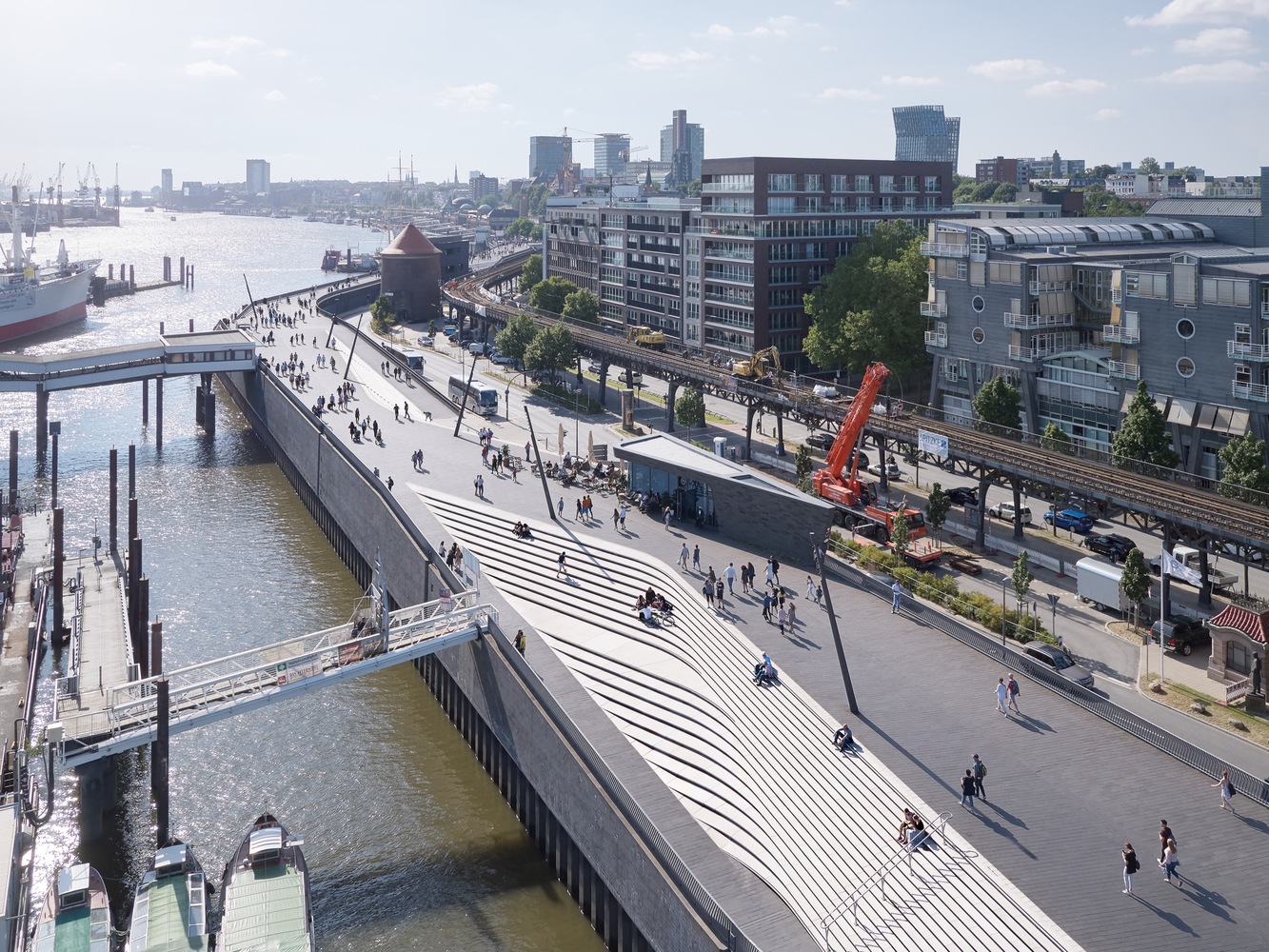
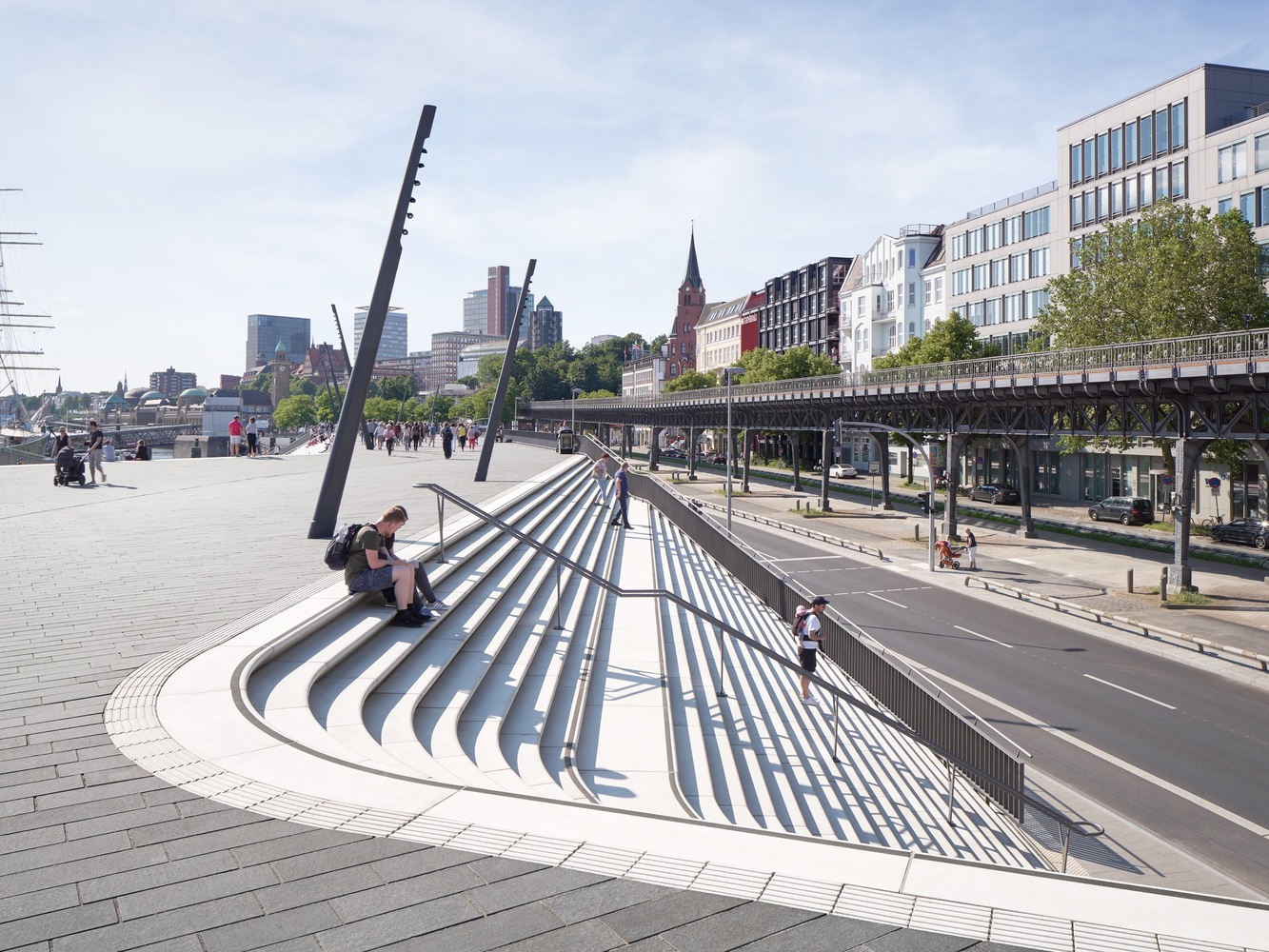
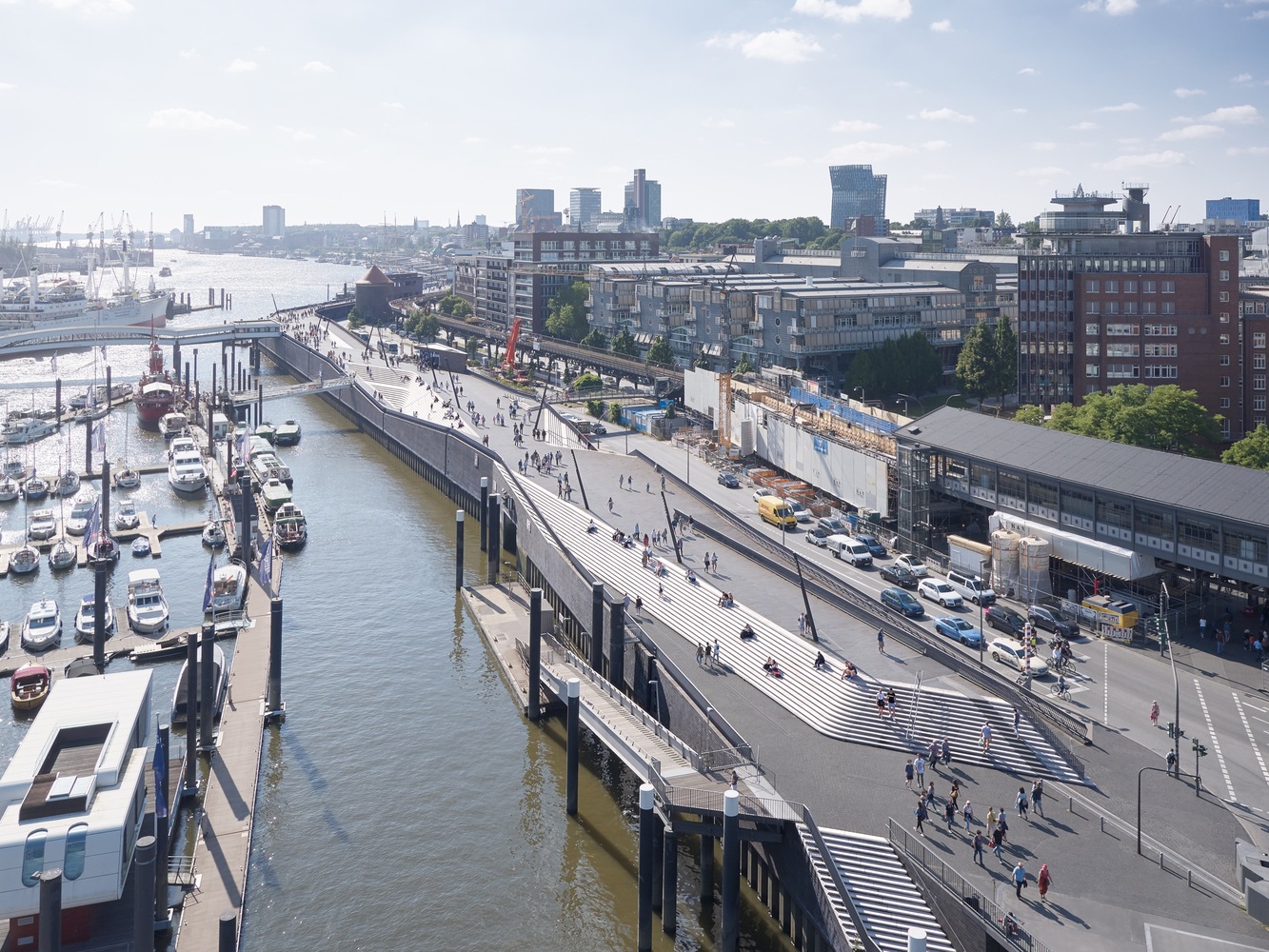
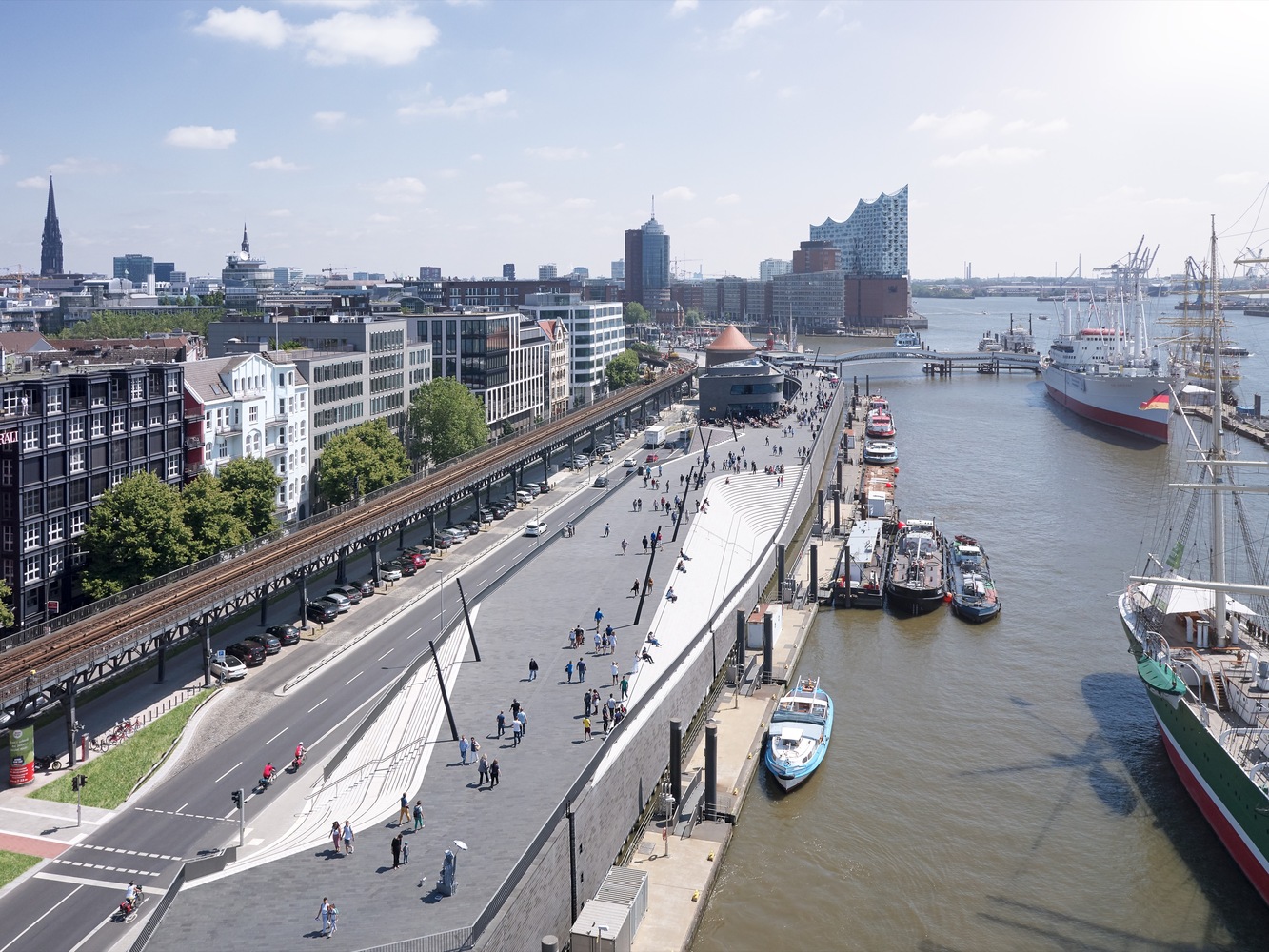
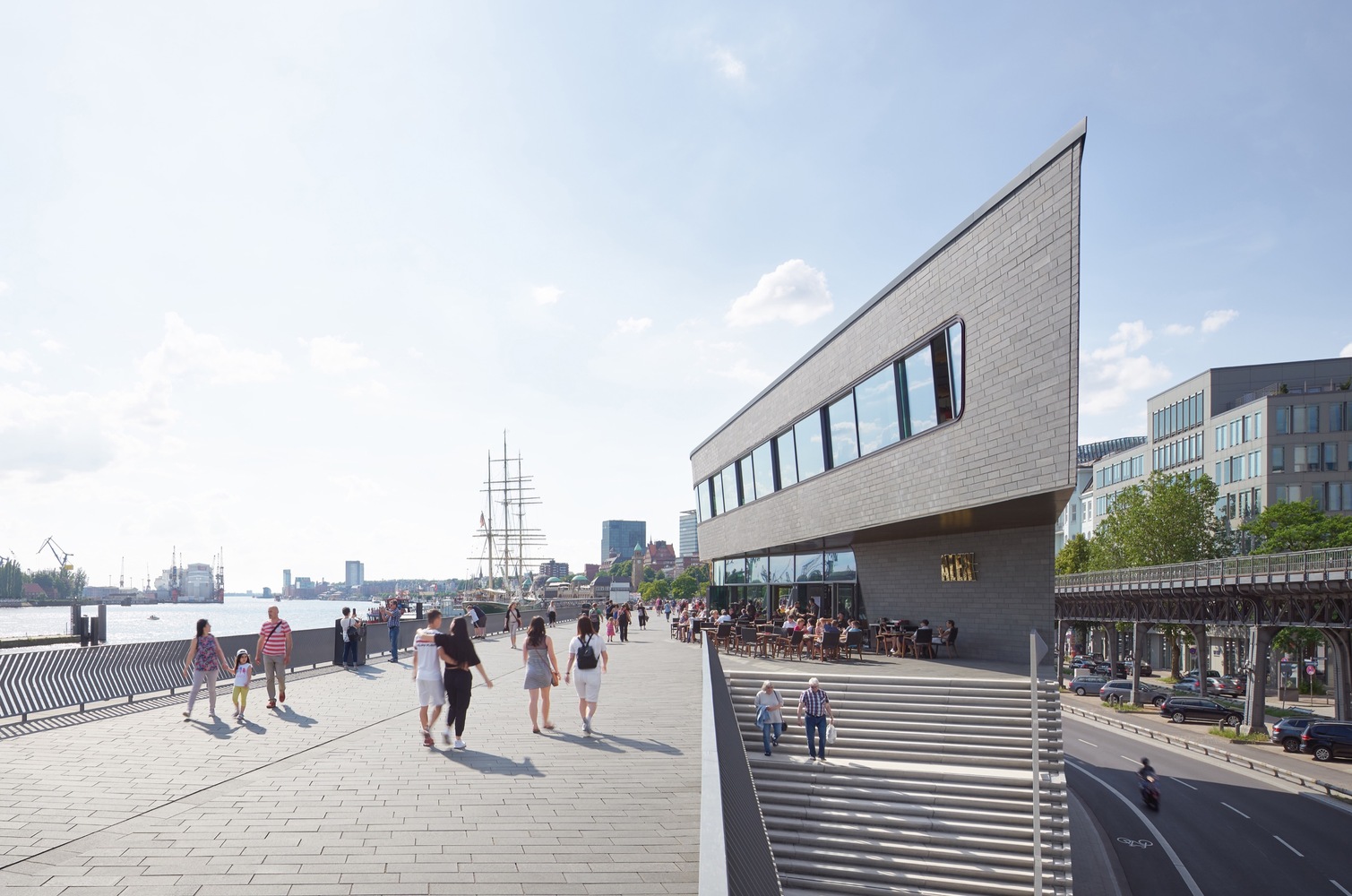
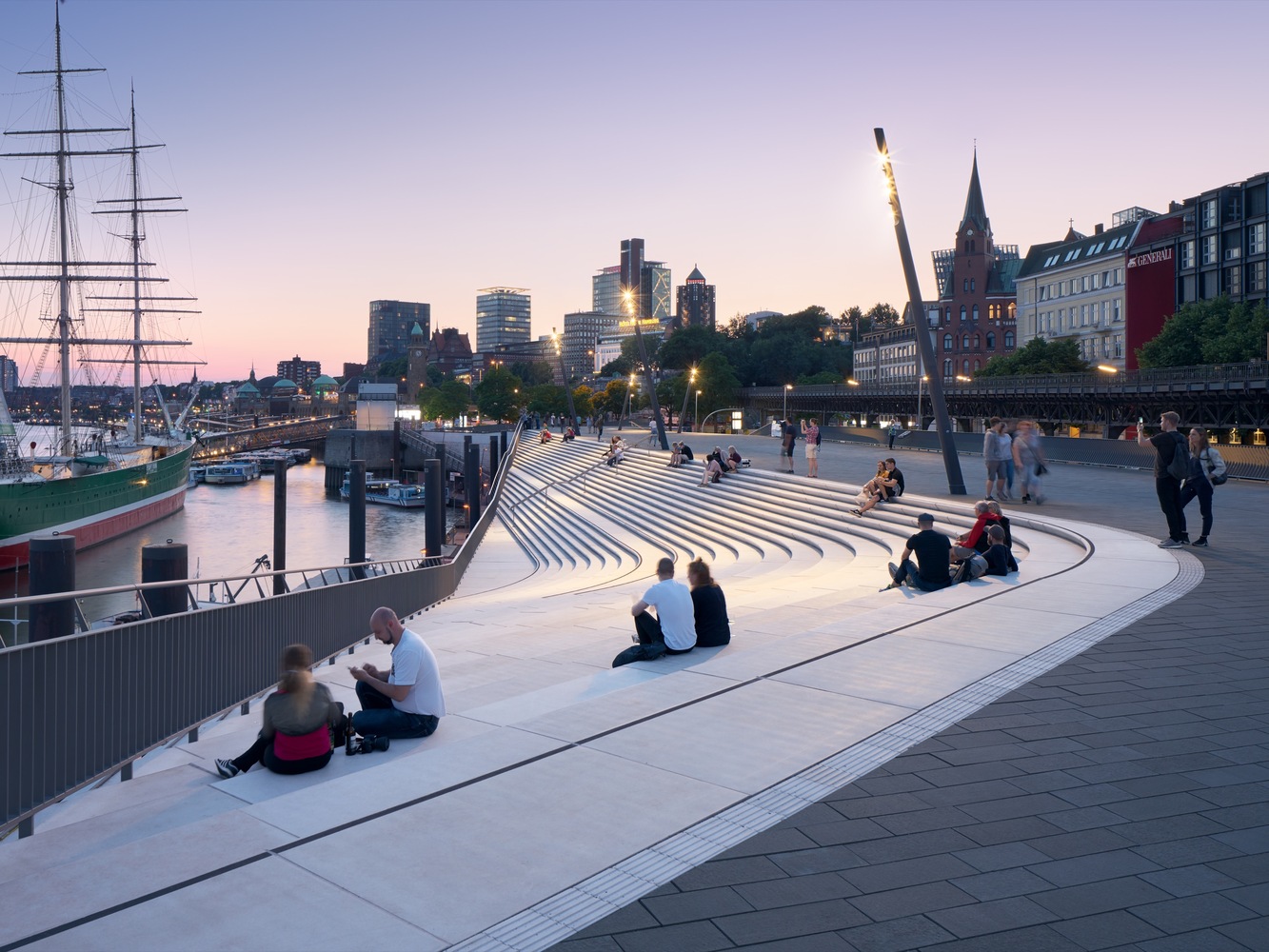
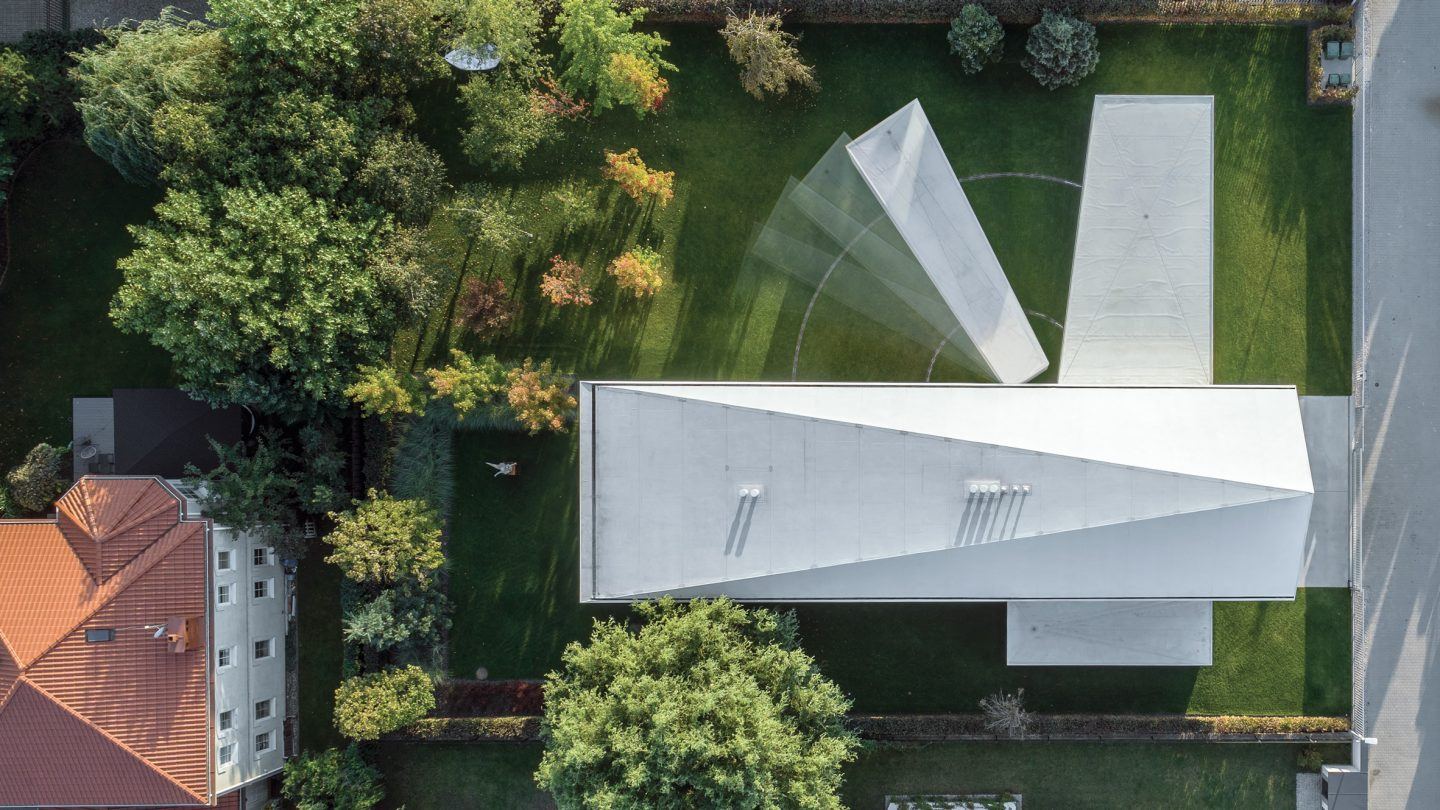
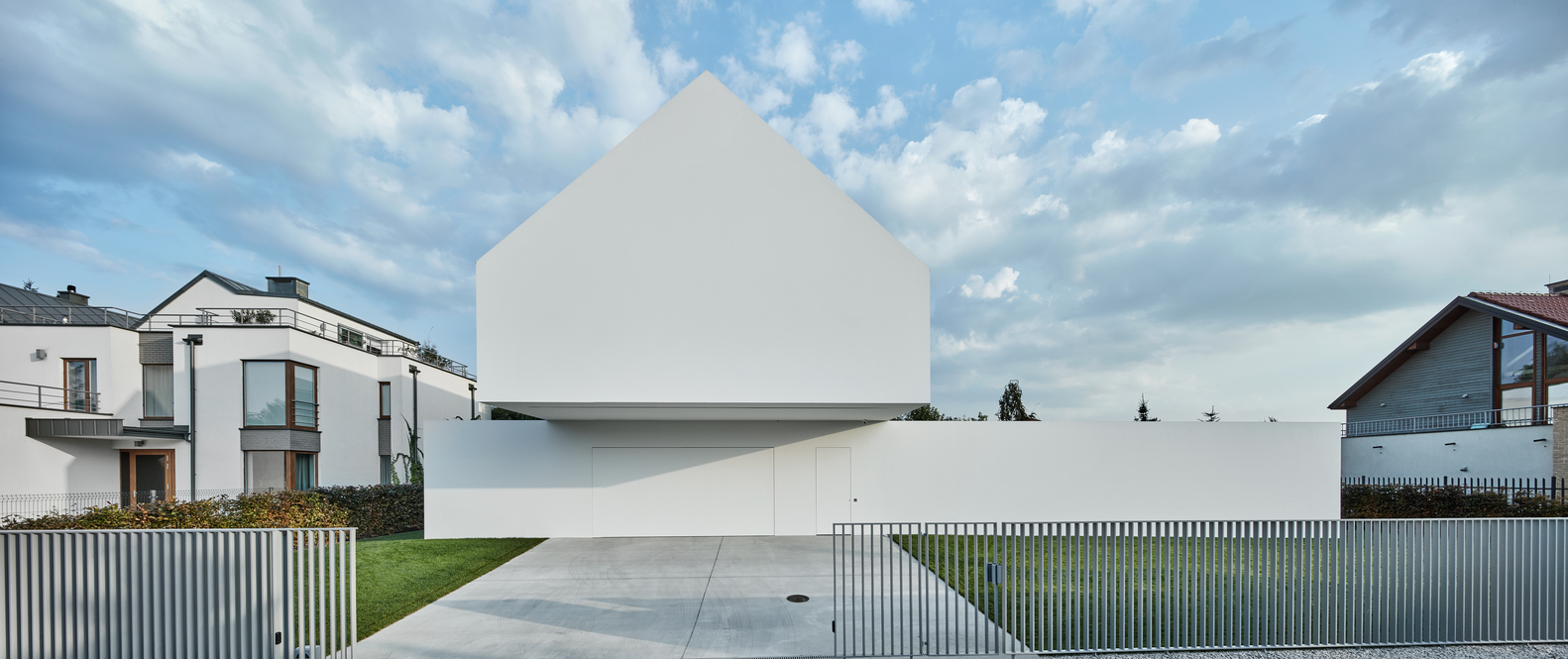
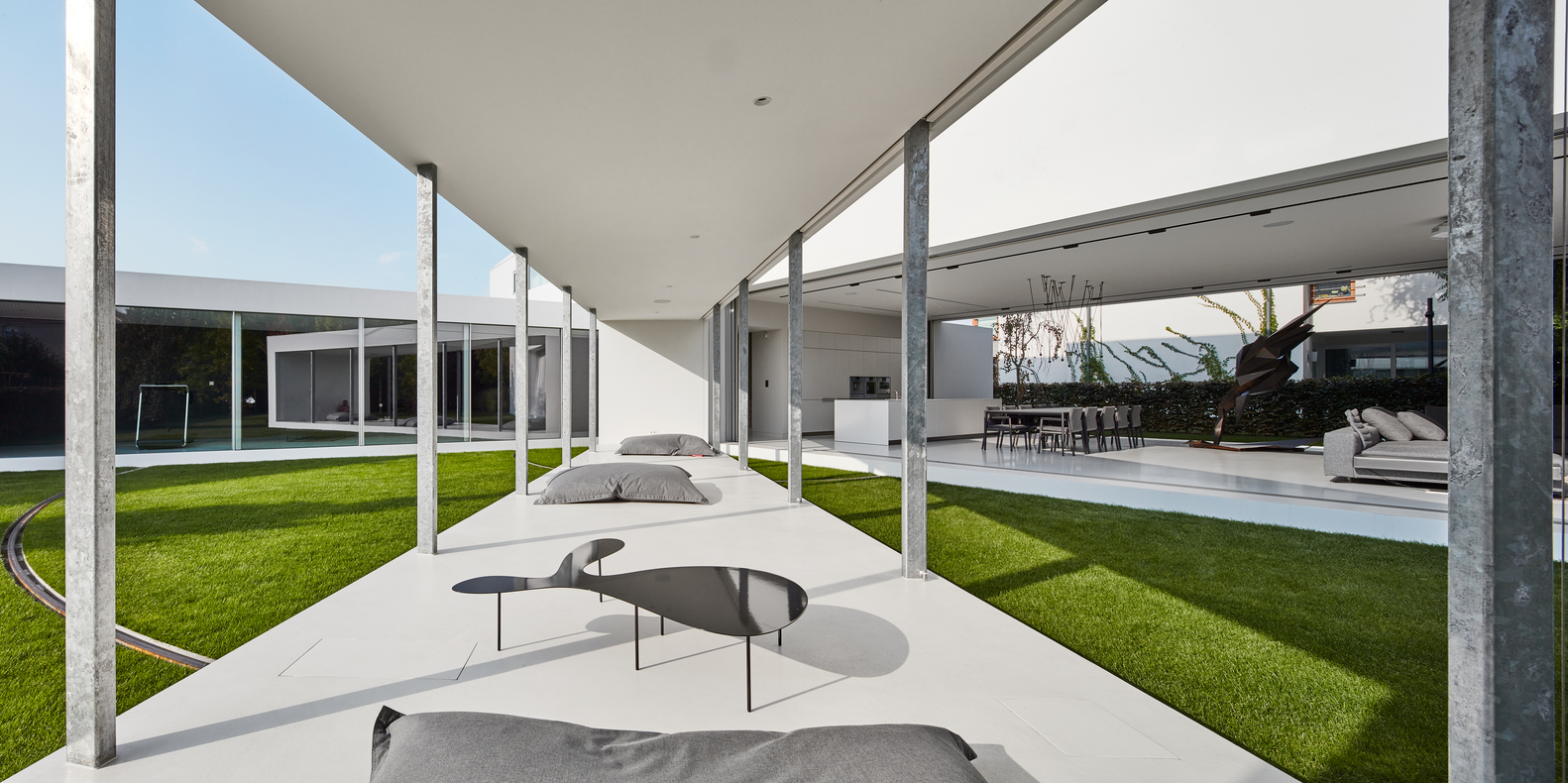
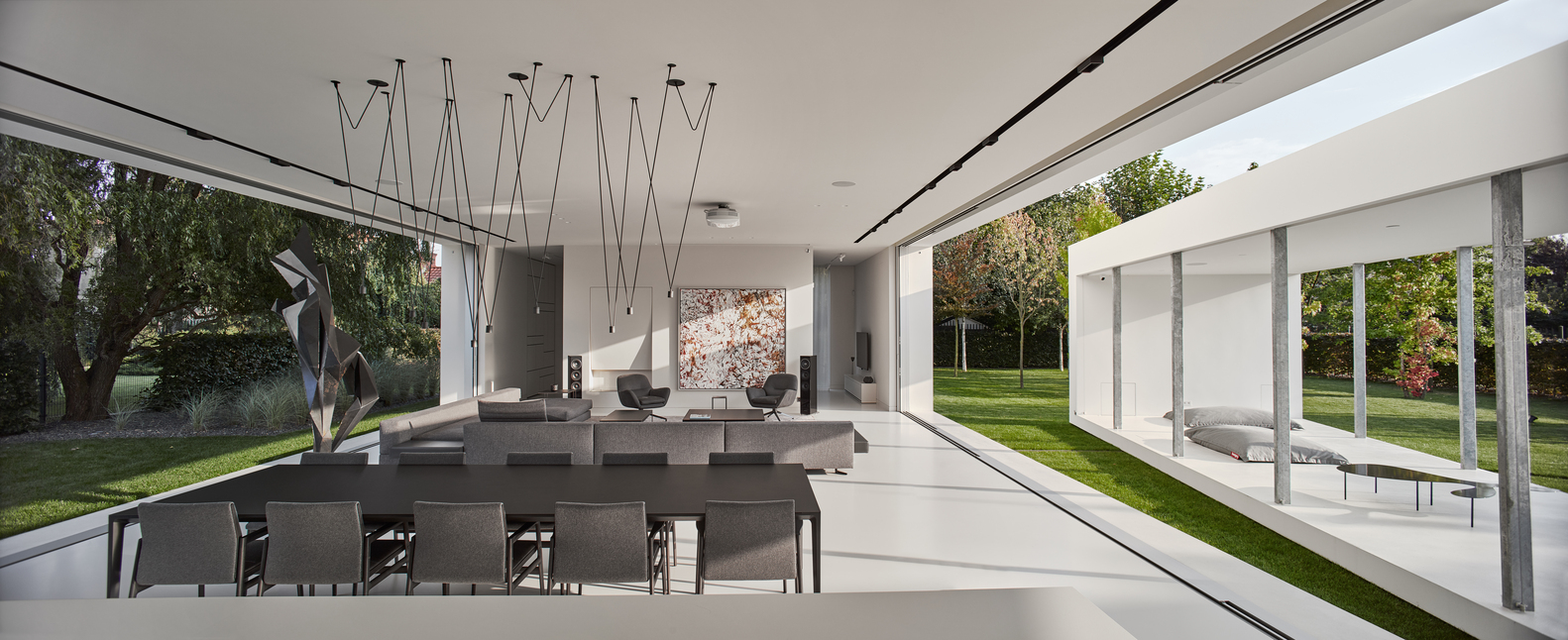
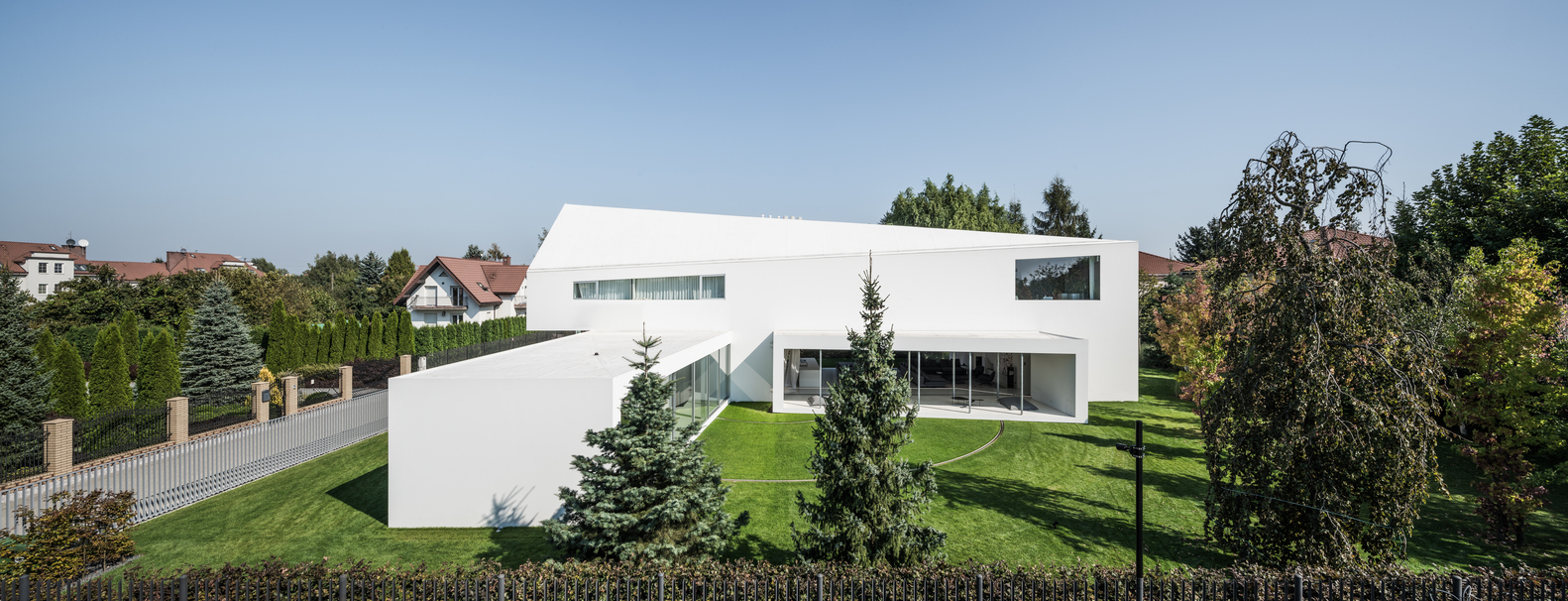
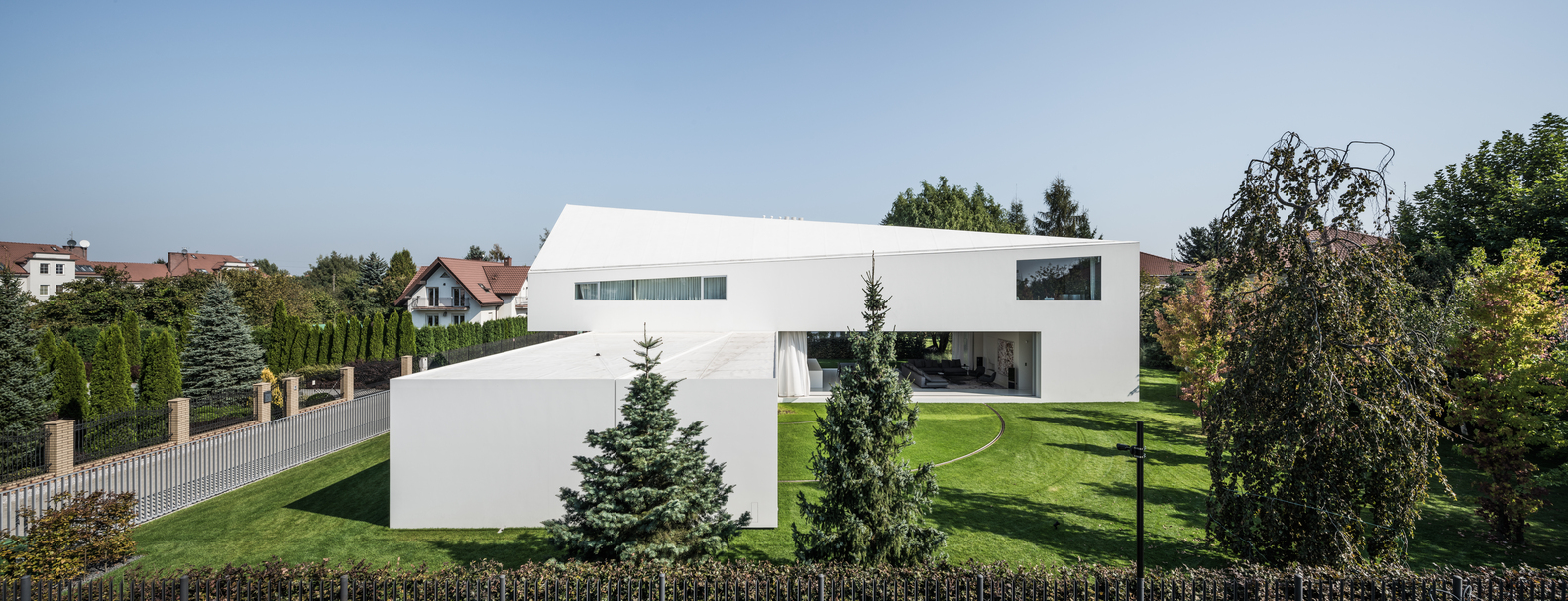
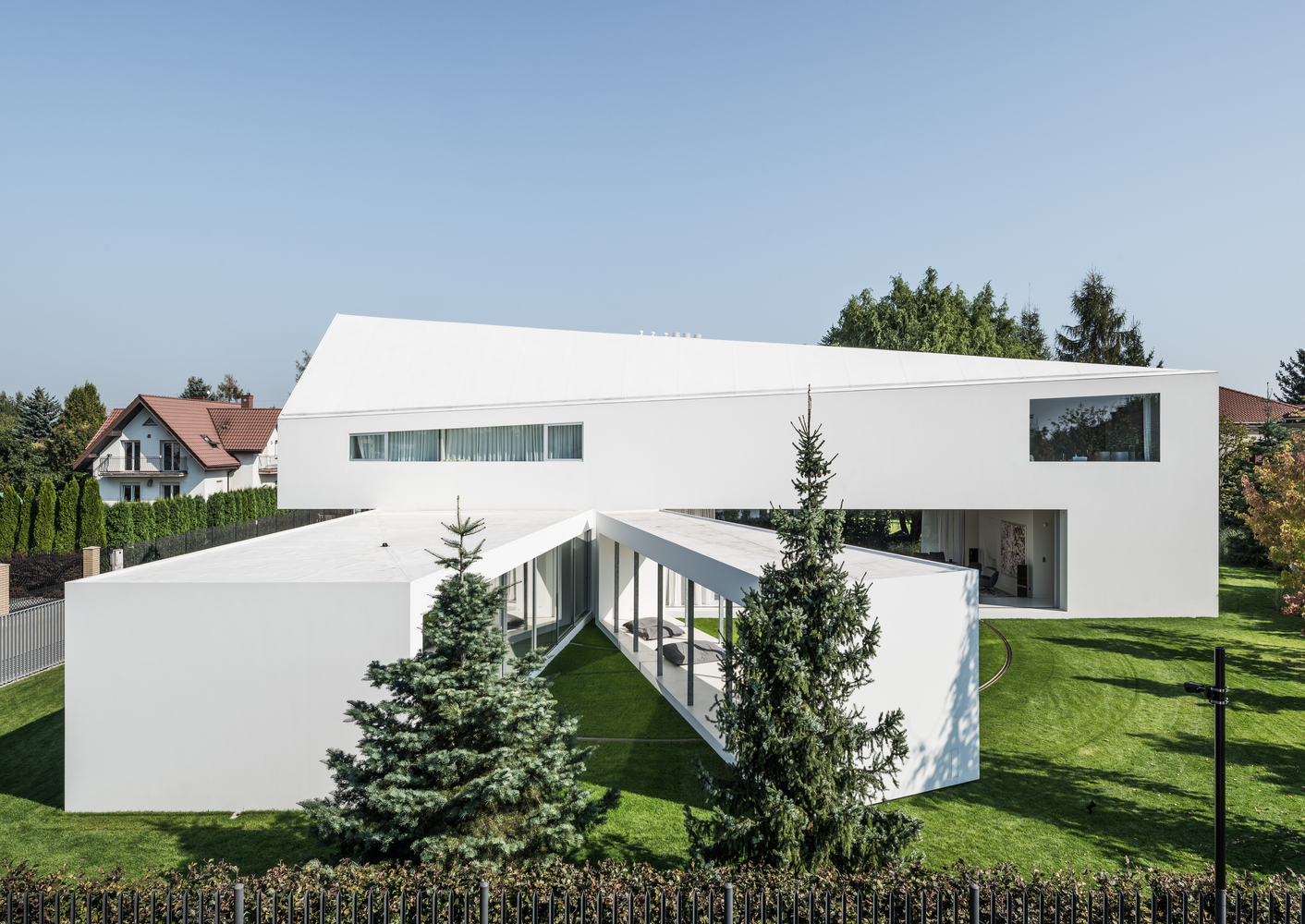
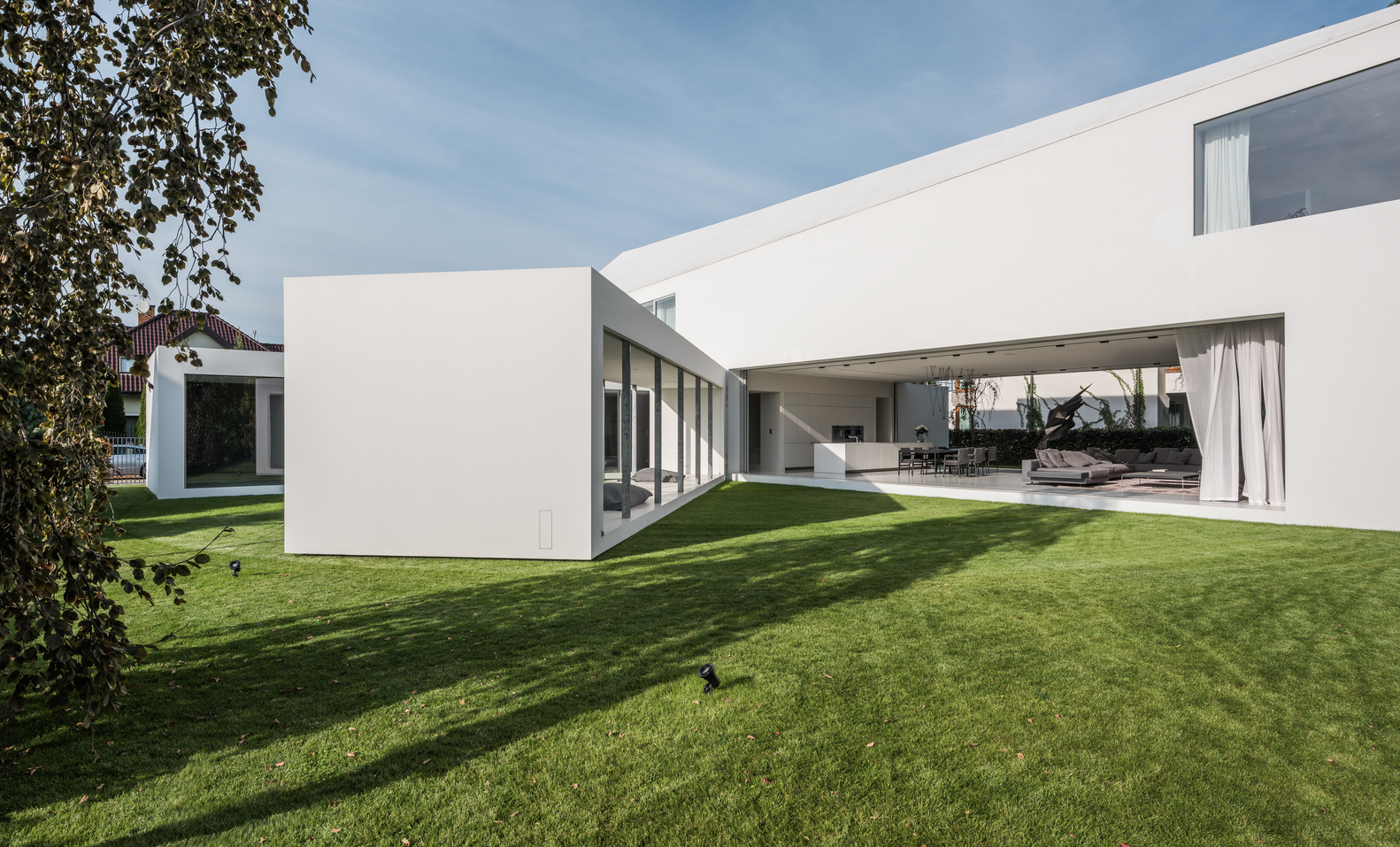
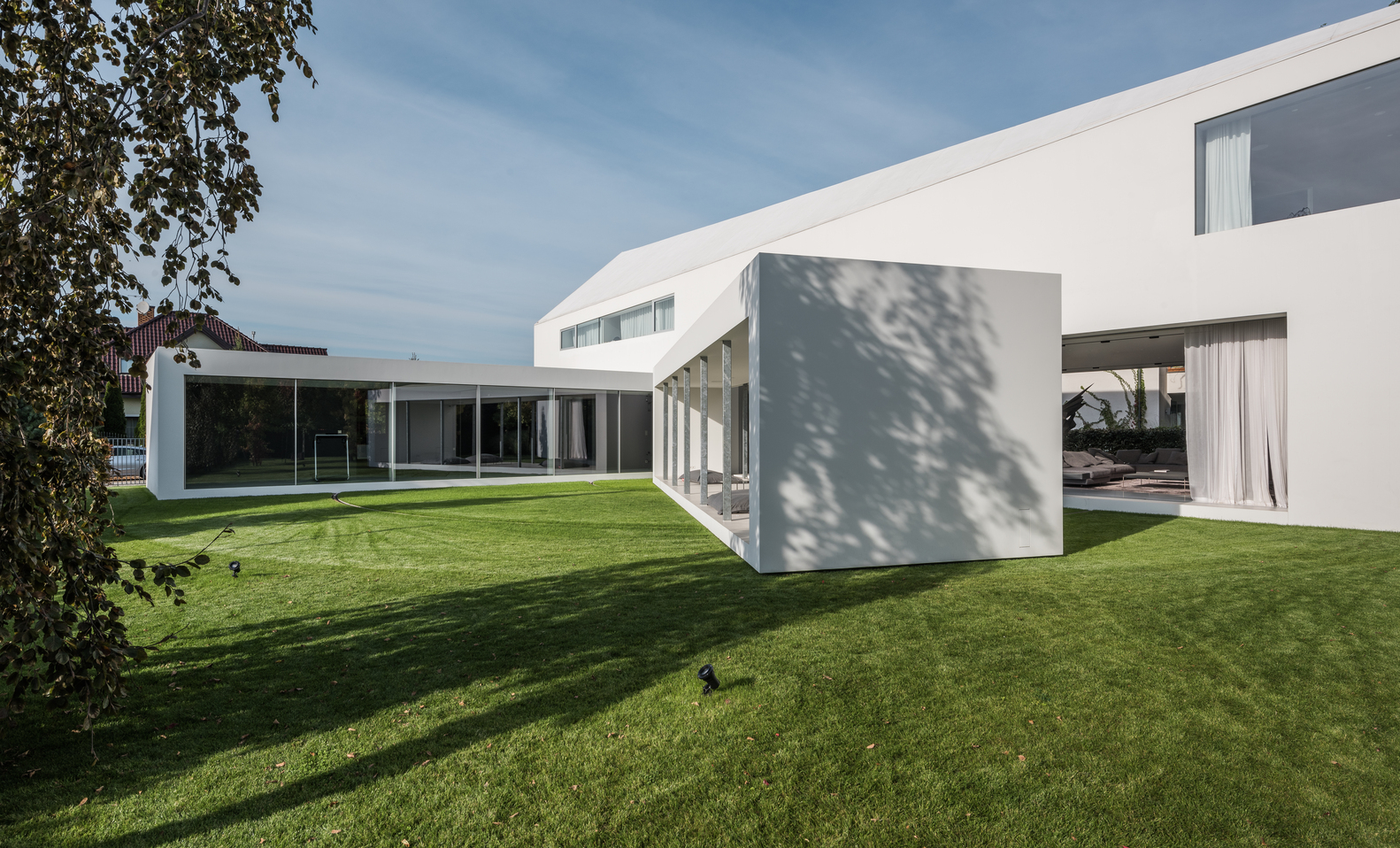
You must be logged in to post a comment.